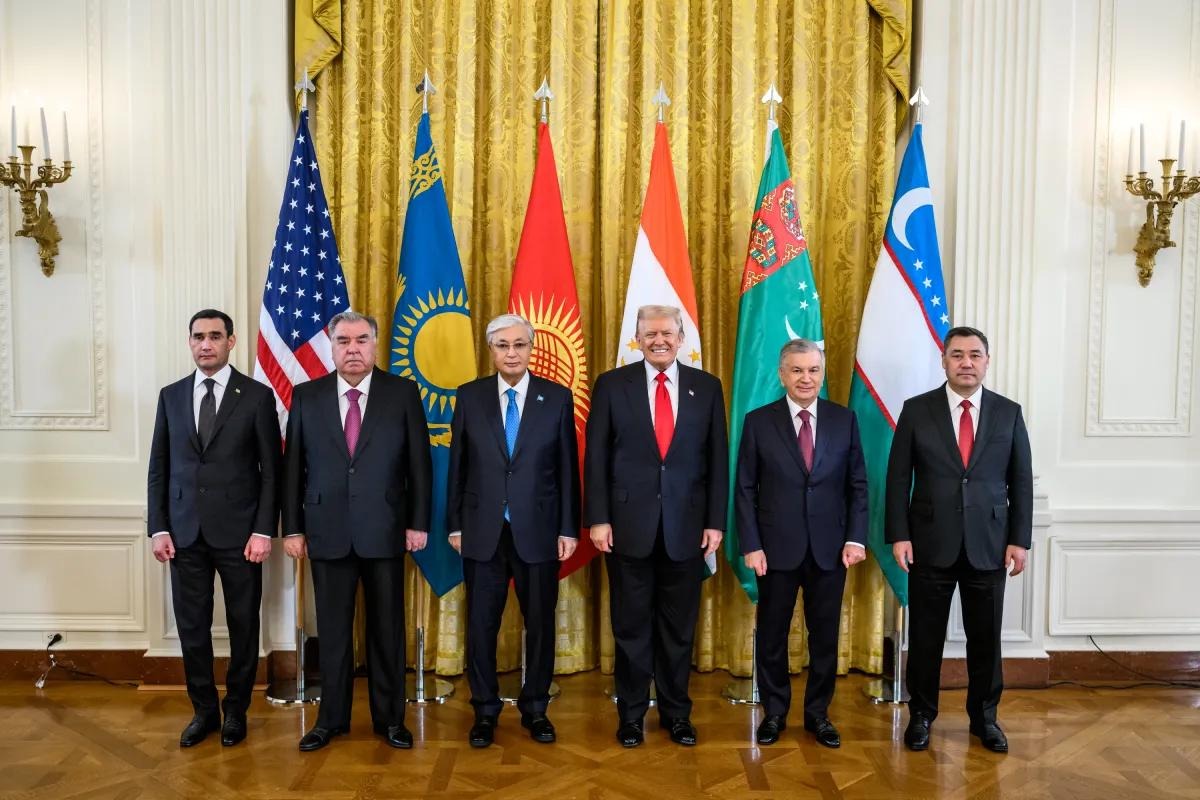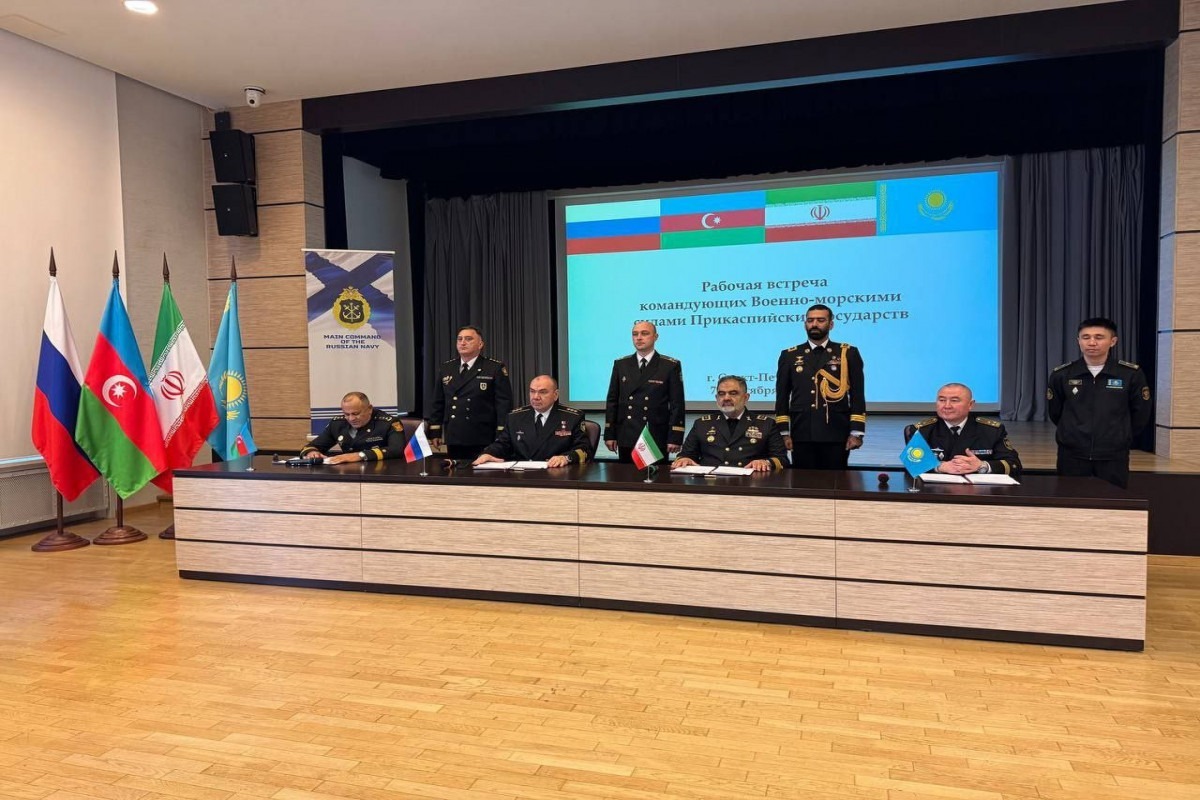
Tajik-Kyrgyz Border Clashes and Russia’s Limited Role: Is the Region on the Brink of Geopolitical Change?
Tajik-Kyrgyz Border Clashes and Russia’s Limited Role: Is the Region on the Brink of Geopolitical Change?
On April 29, a conflict broke out on Tajikistan and Kyrgyzstan’s shared border in the fertile and heavily populated Fergana Valley region, purportedly to force Tajikistani border troops to dismantle locally installed surveillance cameras. But the incident quickly devolved into intense brawling and a small-scale military encounter that claimed the lives of 19 Tajikistanis and 35 Kyrgyzstani nationals (Mediazona.ca, May 6). This latest instance of inter-ethnic clashes between these neighboring Central Asian countries followed a previous tragic episode that took place in January 2020 (see EDM, January 28, 2020). Undoubtedly, the dispute over “surveillance cameras” this time around served merely as a pretext for the ensuing violence: the true nature of the wider conflict is much more complex.
One of the key reasons behind the Tajikistani-Kyrgyzstani conflict is related to the issue of redistribution of water resources that are essential for both parties. Indeed, the most acute tensions have unsurprisingly been localized in the southwestern part of the Fergana Valley, which is complicatedly divided between these two countries as well as Uzbekistan. The conflict area is geographically located on the Isfara River (Aksay in Kyrgyz), densely inhabited by ethnic Tajiks (approximately 80 percent of the local population), whose population is rapidly growing and requires ever more arable land and water. However, starting from the 1960s, the water level of the Isfara has been diminishing. Moreover, after the breakup of the Soviet Union and the Central Asian republics gaining their independence, there has de facto been no mechanism for controlling and/or regulating water consumption in this region. According to the most pessimistic forecasts, by 2070 local water resources might contract by 40 percent, leading to catastrophic consequences. Furthermore, the rapid growth of hydroelectric power infrastructure, which both countries are strategically interested in building up on local rivers—driven in part by neighboring China’s growing energy needs—is taking a massive toll on local water resources as well (Mediazona.ca, May 1, 2021). Meanwhile, the two countries have been unable to find a solution due to differing views on where their state boundaries actually extend. While Kyrgyzstan recognizes the validity of a 1957 map (or, as an alternative, a 1989-issued map), Tajikistan sticks with a Soviet map drawn up in 1927. Despite several attempts to resolve the water-use conflict through various inter-governmental commissions, no viable agreement has ever been reached (EADaily, December 23, 2019).
The instability also stems from the intransigence of both parties, each of which has been exploiting the lack of an agreement for internal political purposes. The leadership of Tajikistan, for instance, has made a number of overtly provocative steps that dramatically minimize the chance for a peaceful agreement. Notably, in 2020, the head of the Sughd Province branch of the Ministry of Internal Affairs, Major General Abdullo Navdzhuvonov (clearly with a nod from Dushanbe), made a belligerent statement regarding the disputed territories, triggering an international scandal and de facto paralyzing all talks between the two parties (Nezavisimaya Gazeta, February 17, 2020). Later, President Emomali Rakhmon, visiting the Tajikistani enclave of Vorukh (a territory inside Kyrgyzstan whose status and potential exchange has been discussed for some time now) pledged to never swap it for any Kyrgyzstani land, sparking a wave of discontent in Bishkek (Knews.kg, April 9, 2021). In turn, Kyrgyzstan has also acted increasingly assertively. Having settled some of its territorial disputes with Uzbekistan, Kyrgyzstan’s political leadership may have assumed that a compromise with Tajikistan would also be achieved in the same way; yet this did not happen. Moreover, in late April, Kyrgyzstan launched the military exercise Bezopasnost 2021 next to Tajikistan’s state border and in the vicinity of the disputed territories. Apparently, Dushanbe, which has stronger armed forces and a stiff political leadership, considered these activities a potential threat (Gazeta.ru, April 29).
Since Tajikistan (a member of the Collective Security Treaty Organization, or CSTO) and Kyrgyzstan (a member of the Eurasian Economic Union and the CSTO) are both close partners and treaty allies of the Russian Federation, one might have assumed that the recent border violence would have prompted a strong reaction from Moscow. But one did not ensue. Rather, Russian foreign ministry spokesperson Maria Zakharova (Mid.ru, April 30) and Kremlin press secretary Dmitry Peskov (Eurasia.expert, April 30) each delivered comparable, generic comments, urging both sides to cease violence and restart negotiations. Peskov additionally referred to President Vladimir Putin’s alleged readiness to act as a peace broker; but no specific details followed.
The latest escalation between Tajikistan and Kyrgyzstan spotlights a number of critical regional issues and trends, some of which extend significantly beyond the notorious water issues or complexities in Dushanbe and Bishkek’s bilateral ties.
First, the crisis demonstrated that the CSTO’s potential role in addressing or solving regional crises has further decreased. As noted by Russian political scientist Dmitry Oreshkin, “[P]ost-Soviet countries have been conducting independent foreign policies for some time now. The leading and guiding role of the CSTO […] has weakened exponentially… The previously maintained command-administrative type of leadership no longer works… Yet it seems Moscow is incapable of conducting any policy based on soft power” (Haqqin.az, April 30).
Second, the crisis has revealed the increasing involvement of previously less visible actors in Central Asian affairs. As noted by Kyrgyz political scientist Bakyt Baketaev, the region is now seeing a confrontation between Turkic- and Persian-speaking countries. According to the commentator, Kazakhstan, Uzbekistan, Turkey and Kyrgyzstan increasingly find themselves on opposing sides from Tajikistan and Iran, which in turn could be joined by militants from Afghanistan (Vzglyad, April 29). Indeed, following this comment, Turkey (via the Turkish Agency on Cooperation and Coordination and the Turkish embassy) became the first country to offer help and economic assistance to Kyrgyzstan. It was rapidly followed by the United Arab Emirates (Riafan.ru, April 30).
Lastly, the border clash between two members of Russia-dominated regionalist organizations has raised questions about the level of the Kremlin’s regional influence and priorities. Some observers, like Oreshkin, assume the crisis de facto spelled the end of the CSTO. But on the other hand, Russia may simply be resetting its regional geopolitical priorities—perhaps prioritizing ties with Dushanbe. This possibility is supported by multiple developments, including, among others, the intensification of talks—personally supervised by Russian Defense Minister Sergei Shoigu—on merging Tajikistan’s and Russia’s air- and missile-defense systems (Gazeta.ru, April 27). Moreover, Moscow appears increasingly concerned over the United States potentially establishing military bases in the region—with Tajikistan ostensibly one of the prime destinations (Novaya Gazeta, April 30). Russia’s vacillation on the recent Kyrgyz-Tajik hostilities may, thus, signify a calculated pause instead of weakness.


